The Ultimate Guide To Figure Skating Sharpening
Figure skating can be a very precise and technical sport. For this reason, it is important for skaters to have sharp blades on their skates. It might sound obvious but many beginner skaters don’t realize that the most important factor in your ability to skate ell on the ice comes down to how sharp your skates are.
In this post, we will look at the basics of figure skate sharpening and cover everything you need to know including:
- How and where to sharpen your skates
- How often to sharpen your figure skates
- Tips for maintaining your blade between sharpenings
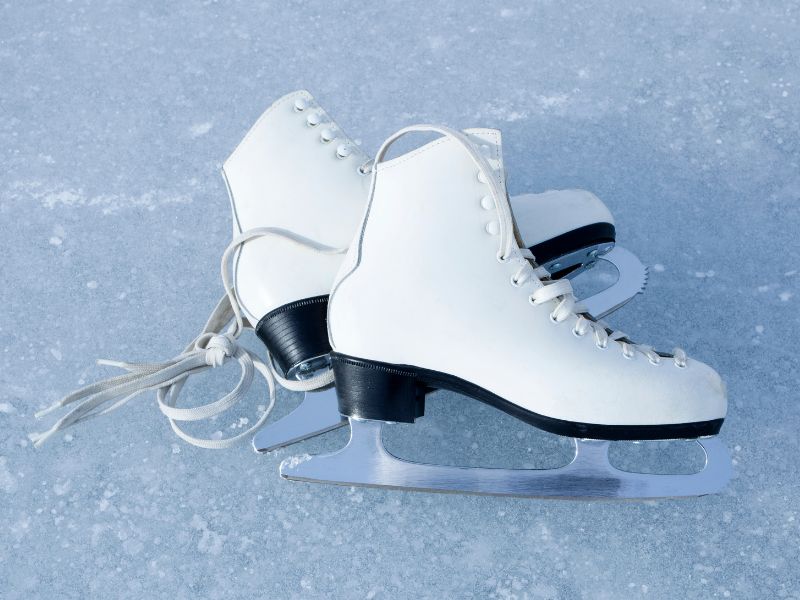
This post may contain affiliate links. Please read my Affiliate Disclosure for more information
MORE ICE SKATING TIPS
8 Benefits Of Ice Skating As Exercise
Off Ice Training For Figure Skaters (The Best Exercises For Figure Skaters)
Why Do Skates Need to be sharpened?
Many parents of beginner level skaters who are new to the sport have no idea about sharpening. We see it all the time at our local rink on the first day of the learn to skate program.
Here is the bottom line. All skates need to have their blade sharpened in order to maintain the edges and to help you stop, glide and turn easily. Just as knives and scissors go blunt after a while, your ice skate blades will do the same.
If your skates need sharpening, you will have:
- Trouble stopping
- a hard time doing moves that are normally easy
- excess friction between your blade and the ice
Do all types of skate need to be sharpened?
Yes. It doesn’t matter whether you have figure skates, hockey skates, speed skates or goalie skates. At some point they will all need to be sharpened. How often and the type of sharpening that they need will differ however so it is important to know what kind of sharpening you need before heading out to a sports store.
Do new figure skates come sharpened?
This is important. New skates do not come sharpened. If you buy a new pair of skates from a big box store, you will need to get them sharpened before heading to the ice. Many times a recreational skater will show up for their first lessons without sharp edges and they will find skating even Harder than they thought it would be!
Professional figure skaters normally buy their skates from a pro shop that will sharpen them for free as part of the purchase.
How should figure skates be sharpened?
There is no one method to sharpening figure skates that works for everyone. What works for one person might not work for the next. However, there are a few methods that are commonly used and can be adjusted to fit each skater’s needs. The three main methods are manual sharpening, grinding, and honing.
Grinding is the most popular way to sharpen skaters’ blades. It is a fast and easy process that produces a good edge. However, it can also remove a lot of metal, so it must be done carefully.
This kind of sharpening is done using a large machine that has a grinding wheel.
Bear in mind that hockey players require a completely different kind of skate sharpening from figure skaters. The length of the blade is different and of course, there is a toe pick.
The radius of the hollows are also different (more on that in a minute).
For this reason, you need to make sure to go to a skate sharpener who specialized in figure skates and not ice hockey skates. Many sports stores are not familiar with figure skates as most of their customers are hockey players and you can have your blades ruined in a matter of minutes.
Manual sharpening is only suitable for professionals and I do not recommend you buy a machine to try it at home. It is not worth ruining your expensive skate blades this way.
The Difference Between Figure Skate And Hockey Skate Sharpening
It all comes down to the hollow. This is the profile cut into the bottom of the blade. Hollowing out the middle of the blade produces two distinct edges.
There are two different sizes of hollow which determines both the energy required to “glide” on the ice and the “bite” or ability to turn and stop on the ice. The more glide, the less bite and vice versa.
The depth of the hollow depends on the kind of skating you will be doing plus your age , skill level and weight:
Here is a general guide:
Figure skate blades: 1/2″ radius of hollow
Hockey Blades: 3/4″ radius of hollow
Now, these measurements can vary and are different even within the figure skating world. Ice dancers tend to only have a 1/4 ” ROH.
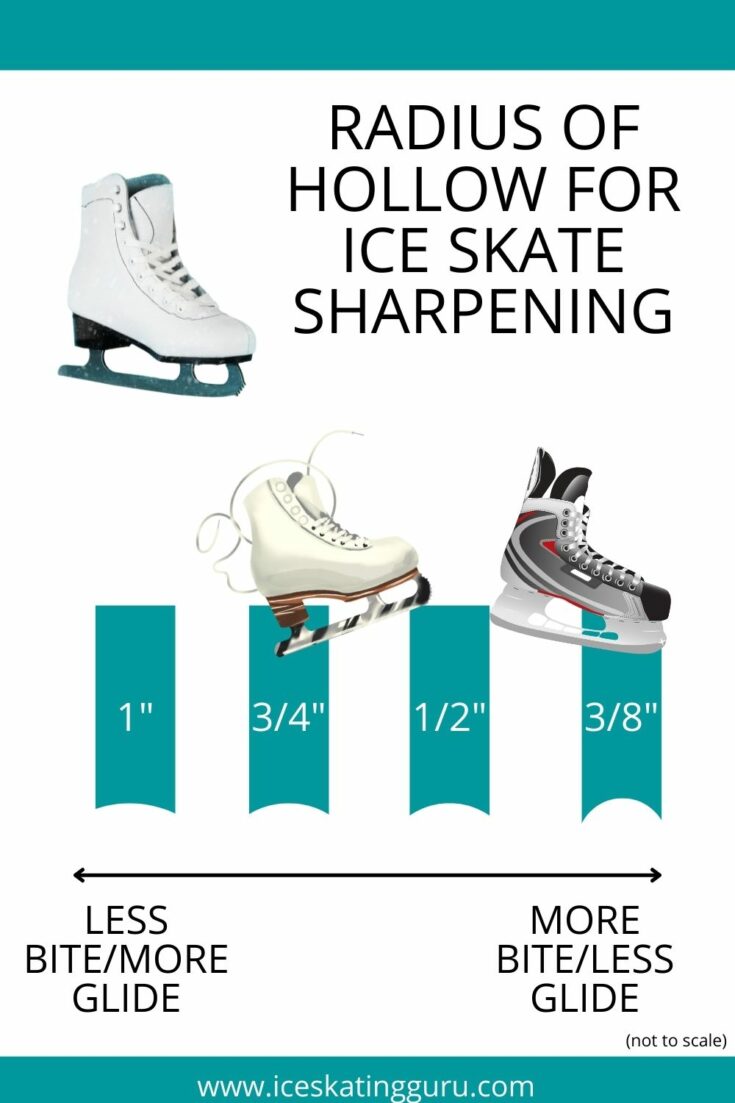
How much does figure skate sharpening cost?
When you’re a competitive figure skater, having a sharp blade is key. Not only do dull blades make it difficult to execute jumps and spins, but they can also be dangerous. That’s why many skaters take their blades to a professional sharpener for a tune-up before competitions.
The cost of sharpening figure skates varies depending on where you live. In general, though, it costs between $10 and $25 per pair.
For some people, this may seem like a lot of money, but it’s important to remember that skating is a sport that requires expensive equipment. And a bad sharpening will affect your performance on the ice. Uneven edges or dull skates can even ruin your skates and mean you need to buy new blades before their time.
Some people buy hand sharpeners from the local hardware store to give their skates a boost between sharpens but this is not really recommended unless you know what you are doing.
The best way to find a good sharpener is to ask your skating coach or visit your local speciality skating store.
What is a standard figure skate sharpening?
A standard figure skate sharpening is a process that grinds down the blade of a figure skate to create the egde of the blade. This edge is used to glide on the ice and helps the skater stay in control. There are different ways to sharpen a figure skate, but all involve grinding down the blade.
There is another type of sharpening which is called flat bottom sharpening. It is also known as BFD (blade form dressing) This is more often used with hockey skates and can provide more glide plus a better ability to stop.
Whether you choose standard sharpening or BFD, it really all comes down to personal preference.
How often should figure skates be sharpened?
It is important that you sharpen your skates regularly. This is to ensure that you have a good grip on the ice and can easily glide across it.
The frequency with which you need to sharpen your skates also depends on the type of blade, how much time you spend on the ice and how often you use your skates.
The type of ice you skate on will also play a role in how quickly you lose the edge of the blade from your skates.
Outdoor wild ice and synthetic ice won’t leave you with much edge after a few hours while good figure skate ice will allow you to go a little longer between sharpening than hard hockey ice.
In general, professionals recommend to get your skates sharpened every 4-8 hours of skating. This might sound crazy given that many figure skaters are on the ice for 4-10 hours a week.
With around 3-4 hours a week, I recommend not going more than 3 weeks between sharpens in general. 20 hours of practice should be the maximum time you go.
Bear in mind that the longer you go between getting your skates sharpened, the more steel will be removed from the blade during each sharpening. Frequent sharpening can prolong the length of your blades and save you money in the long run.
How to look after your ice skates between sharpens
Once you have spent the money on getting your skates perfectly sharp, you need to maintain those edges.
Always Dry Your Skates
Once you get off the ice, make sure to dry your skates off completely. Figure skates can be tricky as there are a lot of different nooks and crannies between the blade to dry.
Once you get home, it can be a good idea to air out your skates for an hour or two so they dry completely.
The cloth you use to dry your skates is also important. The best kind of cloth is a microfiber cloth or a Chamois car drying cloth.
Be careful where you walk
Most rink managers know that skaters need to step off the ice and go to the restroom or buy a snack. In newer rinks you will probably find that most of the flooring is rubber that you can walk on with your skates.
However, make sure to never walk on concrete or tile with your skates on. This can damage the blades and make you lose an edge very quickly.
My advice is to always wear hard guards when you are off the ice, even if you are walking on rubber.
This means the next thing to do is buy some skate guards. There are two different types of skate guards, hard guards and soakers.
Different Types Of Skate Guards
Most ice skaters own a pair of these hard plastic guards because they will allow you to walk around the rink without damaging the edges of your blades. They clip onto your blade and attach by a rubber band or spring.
With your hard guards on, you can walk out to your car or through the rink lobby without worrying about damaging your blades.
Bear in mind that you shouldn’t leave these guards on your skates when you are storing them as they do not allow the blade to breath.
These soft guards are not for walking on but are the best kind to use after you are done skating. They will allow any excess moisture to be absorbed so your skates don’t rust.
Make sure to dry your skates off completely before putting them in the soakers as they are not fool-proof.
If you want to practice ice skating off the ice, how about a pair of roller guards. These are fun hard guards that have a roller skate bottom so you can “roll” around the rink after skating.
Figure Skating Sharpening: Final Thoughts
The most important thing you should take away from this article is that figure skating sharpening is different from other ice sports.
Hockey skates and figure skates are completely different and need to be sharpened with a different radius of hollow.
Even after sharpening, there are important steps you can take to protect your skate blades and keep them in the best condition possible between sharpened. This will ensure you can enjoy your skates for years to come!
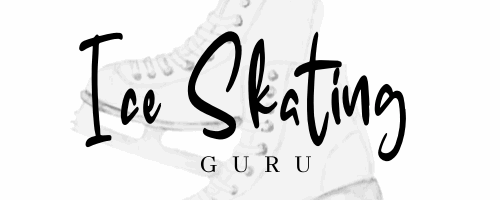



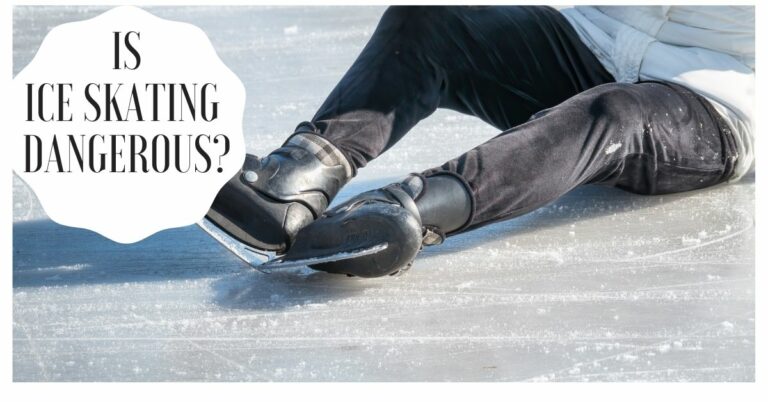
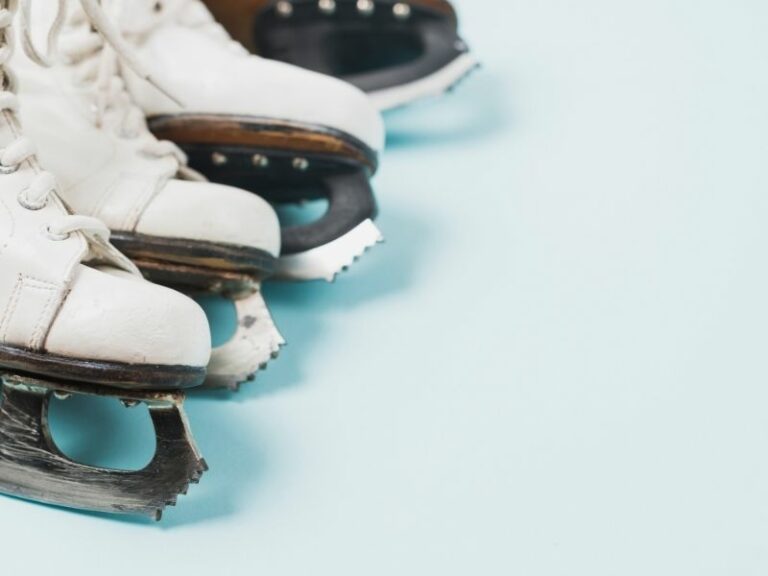
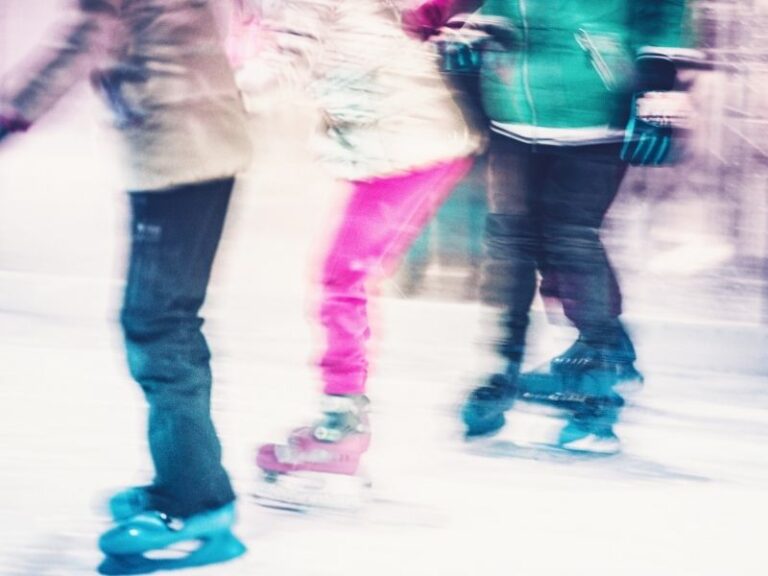
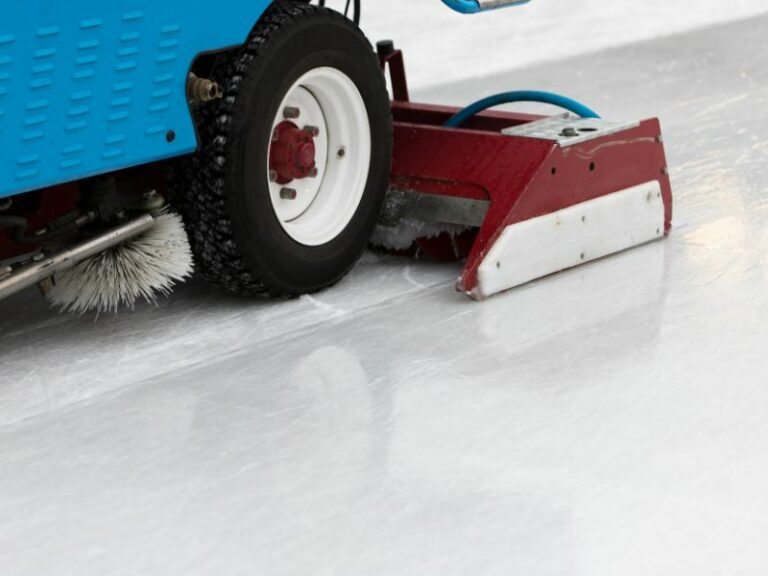
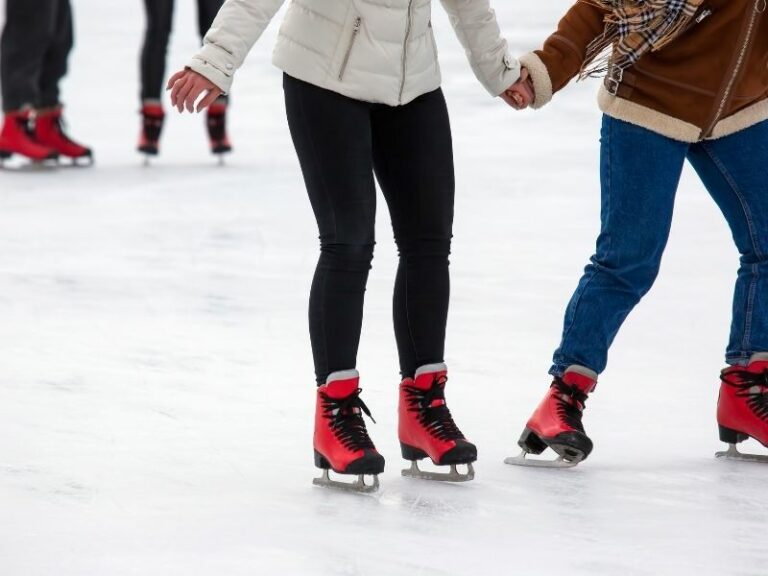

Very good splanation. Congrats! I’m an ice skate sharpner in Brazil. This article has helped me to improve my knowledges and skills on the subject. Thank you a lot!
Roberto Guimarães.